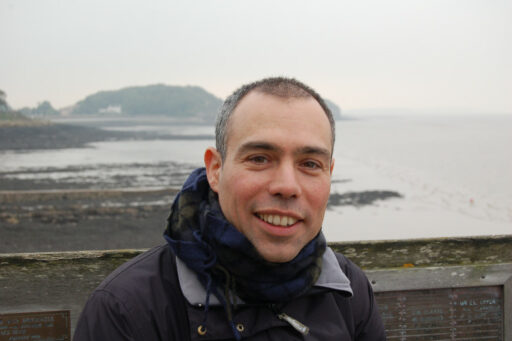Yad Vashem, Jerusalem

Istvan Pal Adam is a doctoral research student of the Bristol University. He received a master’s degree in history from the Central European University, after which he completed the Paideia Jewish Studies Program in Stockholm. He also took part in a compensation program for Holocaust survivors.
His research focuses primarily on the Hungarian Holocaust and examines the role of one understudied group: the role of the Budapest building managers or caretakers. During the summer of 1944 the Hungarian government separated the Jewish and Christian residents of Budapest not into a single closed ghetto area as happened for example in Warsaw, but by assigning dispersed apartment buildings as Jewish houses. The almost 2,000 buildings were spread through the city and were marked on the façade by a yellow Star of David. Although the building managers of these houses did not officially belong to any authority, nevertheless, on a daily basis they policed the discriminative regulations and acted as intermediaries between the authorities and the ordinary citizens, which gave them much wider latitude than other so-called ‘bystanders’. Mr. Adam’s research project’s originality lies in its questioning of the prevailing ‘perpetrators-victims-bystanders’ categorization within Holocaust Studies.
Mr. Adam’s research also challenges the concept dominant in Hungarian Holocaust literature which sees rescue efforts performed mostly by foreign diplomats, for example Raoul Wallenberg, and exceptionally brave members of the Hungarian political and social elite. Recognizing the significance of these actions, Mr. Adam argues that equally significant helping was provided by ordinary Hungarians, such as the building managers. Nevertheless, in most of the cases these people were never awarded any recognition for their helping activities, because although they helped certain Jewish Hungarians, they often hurt or reported others. Their rescue actions were often not inspired by moral reasons but by earning bribes or tips.
